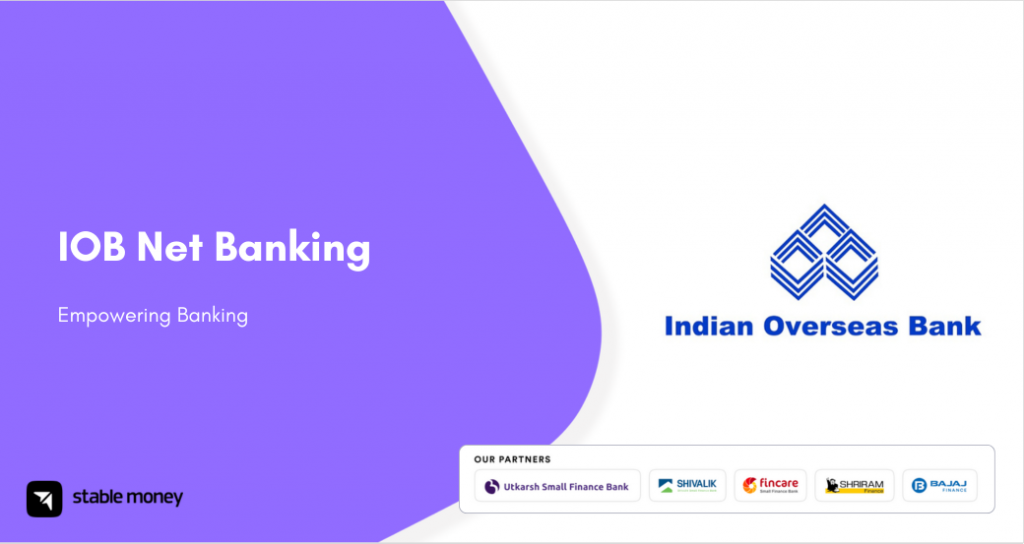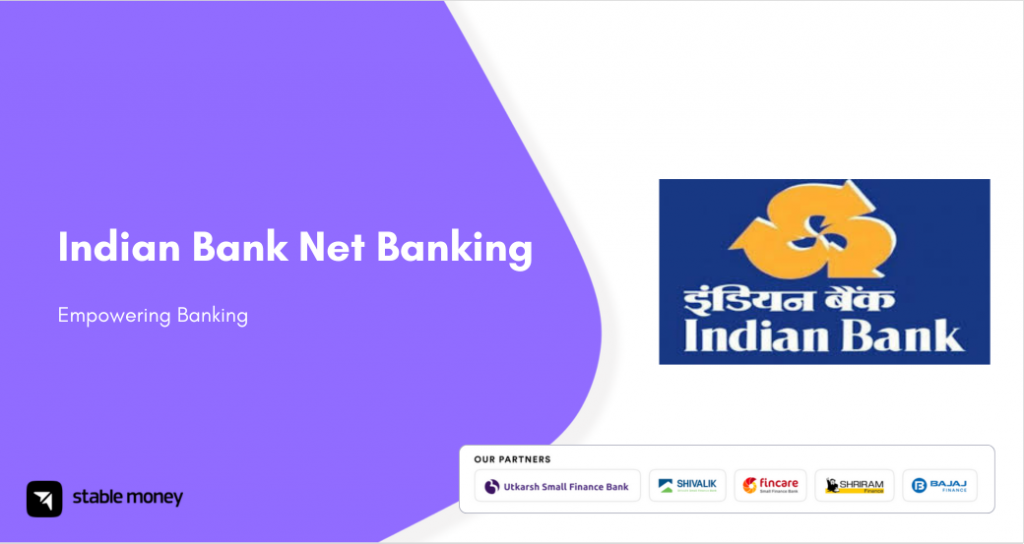
Electronic Clearing Service or ECS has become one of the most preferred ways to make recurring payments such as utility bills, insurance premiums, loan EMIs, mutual fund SIPs, etc in India. With rapid growth in digital transactions, ECS provides a hassle-free solution for individuals and organizations. However, not many are aware of how this electronic fund transfer system works behind the scenes. This blog aims to explain the mechanics and processing of ECS transactions in simple terms. It will discuss what ECS and NACH are, how they differ, how ECS works, its advantages and limitations.
What is Electronic Clearing Services?
Electronic Clearing Service (ECS) is a paperless facility used to transfer funds from one bank account to another electronically based on outcomes from the national payments system. It provides banks an efficient way to handle high volumes of recurring and non-recurring payments such as utility bill settlements, loan repayments, mutual fund investments and direct benefit transfers through pre-authorized payment instructions.
Types Electronic Clearing Services
There are two main Types of Electronic Clearing Services
1. ECS (Core) Banking
Used for non-recurring or one-time payments like collections at the time of payment of utility bills, taxes, tickets etc. It involves shared banking of common work like funds transfer on behalf of customers of different banks.
2. ECS (Debit)
Used for recurring payments like EMIs, insurance premiums, mutual fund SIPs, utility bill payments etc. It is initiated by the beneficiary/company through their bank based on standing instructions provided by the customer.
Advantages based on Types
Both ECS types provide an affordable and timely fund transfer mechanism for companies and customers. ECS (Core) is handy for one-off transactions while ECS (Debit) ensures automatization of regular payments through continuous debit instructions. This eases management of collections and settlements for organizations while offering customers a hassle-free recurring payment process.
Working of Electronic Clearing Services
The working of ECS is straightforward. When a customer wishes to make payments through ECS, they provide a written authorization or standing instruction to their bank for debit/credit permissions. The bank then shares this information with the National Payments Corporation of India (NPCI) on registered ECS mandates. Upon receiving instructions from the beneficiary institution via NPCI, the customer’s bank processes the debit from the specified account on priority/periodic due dates and transfers the funds to the beneficiary bank based on laid down settlement process and cycles. The beneficiary’s bank then credits the amount to the respective account, completing an ECS transaction electronically in a seamless manner.
At which of the Centres is the ECS facility available?
The ECS facility is available across all major centres in India. Customers can avail ECS to make or receive payments from any bank branch located in metropolitan cities, urban, semi-urban and even rural areas. NPCI oversees ECS operations from 64 clearing houses situated in different locations, covering all 28 states and 8 union territories. Customers need to check with their bank branches on ECS accessibility in their respective regions. However, being a centralized electronic system facilitated by NPCI, ECS has a widespread network today enabling fund transfer between any two bank accounts across India regardless of physical proximity between centres.
Electronic Clearing Services Charges & Advantages to Clients
1. ECS Charges
- No charges applicable for customers availing ECS.
- Nominal transaction fee may be levied by banks ranging usually from Rs. 2 to 5 per debit.
2. Advantages to Clients
- Affordable payment solution for regular recurring bills.
- Timely settlement of liabilities without late fees.
- Avoidance of physical billing delays or errors.
- Around the clock payment facility with real-time tracking.
How to Stop Electronic Clearing Services
If you wish to cancel an existing ECS debit authorization for recurring payments like loans, utilities etc., you can inform your bank to stop further debits. This allows you to:
- Visit your bank branch with ID proof and submit a written cancellation request.
- Mention your customer ID, account and debit reference details.
- The bank will share cancellation within 7 working days to NPCI and beneficiary.
- No new debits will be initiated after 30 days from lodging request.
How to Avail of the Electronic Clearing Services Mandate?
ECS is a convenient way for organizations to collect payments electronically. Here are a few pointers on how you can avail of the ECS mandate:
- Visit your bank or organization’s website and look for the ECS mandate form. Most forms are available as PDFs that can be filled online.
- Fill in details like your name, account number and IFSC code carefully. Ensure details match your bank account completely.
- Choose frequency of collection – it can be one-time or recurring. Also provide details of organization you allow to debit amounts.
Things to Consider While Using Electronic Clearing Services
While ECS makes payments convenient, there are few things one must be aware of:
- Check transaction statements regularly for any erroneous or unauthorized debits. Dispute them immediately with your bank.
- Inform organization and submit bank a written stop-payment request well in advance if you wish to discontinue ECS for any reason.
- Ensure adequate balance is maintained as per debit schedule to avoid bounced transaction penalties charged by bank.
- Be mindful of debit date as some organizations perform debits a few days prior to due date. Plan finances accordingly.
What is NACH?
NACH stands for National Automated Clearing House. It is an electronic platform used for making bulk payment transactions from one bank to another. Bulk payments like insurance premiums, EMI payments, mutual fund investments, and utility bill payments can be done through NACH.
Difference Between NACH & ECS
The key difference between NACH and ECS is summarized below:
| NACH | ECS |
|---|---|
| Bulk payment transaction for items like EMIs, insurance premiums, mutual funds etc are done through NACH. | ECS is used for recurring low-value transactions like payment of telephony bills, electricity bills, DTH recharges etc. |
| The amount limit per transaction through NACH is Rs. 2 lakhs. | There is no maximum limit on the amount that can be transacted through ECS. |
| NACH can be used by both companies and individuals to make and receive payments. | ECS is generally used by companies to receive payments from individuals like telephone/electricity bill payments. |
How Does the Electronic Clearing Services Work in India?
The Electronic Clearing Service (ECS) works through the Reserve Bank of India’s (RBI) Clearing House mechanism. When a customer signs up for ECS, they provide a mandate to their bank authorizing recurring bill payments. The billing organization then presents the collection details through their bank to the RBI clearing.
The clearing house matches the details with the customer’s bank and transfers the funds from the customer’s account to the beneficiary’s bank. This transaction occurs periodically depending on the billing cycle – usually monthly. The beneficiary’s bank then credits the collected amount to the billing organization’s account, completing the ECS payment cycle. ECS is primarily a one-way transaction from the customer to the billing organization.
Advantages & Disadvantages of Using Electronic Clearing Services
1. Advantages
ECS provides a hassle-free way to pay recurring bills automatically. It saves time and effort vs manual bill payments. Payments are secure and processed electronically by the banks. Receipt of payments is assured for organizations using ECS. It also helps manage cash flows better for both individuals and organizations.
2. Disadvantages
ECS transactions cannot be reversed once processed. So if wrong details are provided, the money could be deducted from the wrong account. There are also times when errors occur leading to payment failures. Customers have to ensure their bank account always has sufficient balance on the due date to avoid penalties.
Final Word
ECS has undoubtedly made bill payments simpler by automating the process and removing physical trips and cash handling. Both individuals and organizations can leverage this electronic payment system seamlessly. While largely beneficial, it still has some constraints around technical issues or failed payments due to mistakes. Overall, ECS is playing a pivotal role in driving less-cash economies and supporting Just-In-Time collection of payments. With RBI’s constant monitoring, the security and success rates of ECS continue to improve over time.
FAQs
The two types are ECS Credit for receiving payments and ECS Debit for making payments.
ECS is Electronic Clearing Service used in India. ACH is Automated Clearing House used for similar purpose in other countries.
Receiving salary credit in bank account every month is an example of ECS Credit transaction.
You need to fill a mandate form available with your bank authorizing ECS debit for selected bills/loans.
ECS is used for repetitive, periodic payments like utility bills, loan EMIs, mutual funds where same amount is to be deducted regularly
Disclaimer
This article is solely for educational purposes. Stable Money doesn't take any responsibility for the information or claims made in the blog.

